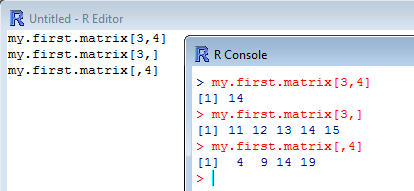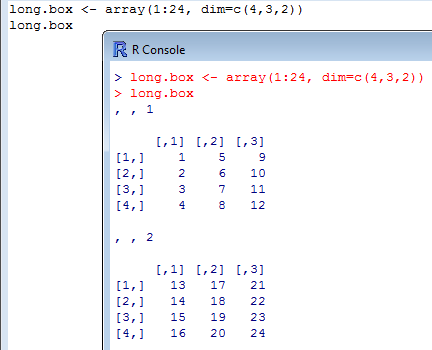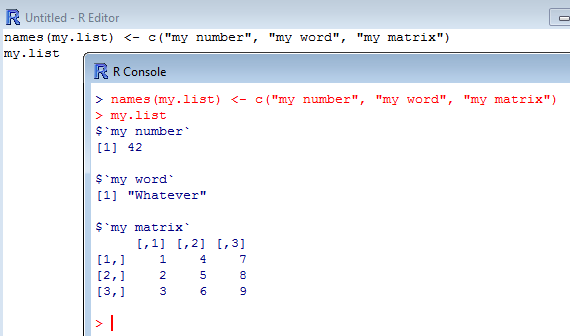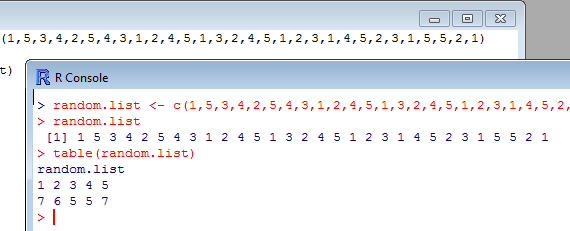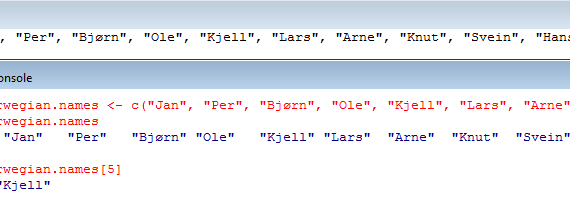
You may use objects to store single values (integers, letters, words… see vectors) but you can store in fact much more than that. Using the function concatenate, you will be able to store a series of value or words under the same variable. Here is an example where we store […]

